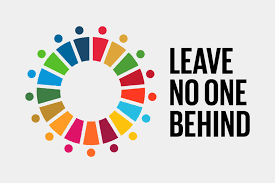The exploitation of our planet’s natural landscapes has continued unabated for decades. Deforestation threatens to wipe out countless species of plant and animal life across the world, with short-term economic gains trumping pragmatic conservation efforts. The clearing of mass swathes of forests to make room for palm oil, rubber, and cashew plantations is a major concern in Cambodia. This blog post will look at the threat this small South-East Asian country – already on its knees after a half century of political turmoil and genocidal horror – faces from illegal logging operations.
Video – Sean Gallagher, an independent environmental photographer documented the scale of the issue beautifully in their short documentary ‘Cambodia Burning’. This can be seen below.
Continue reading “Commodity-driven Deforestation in Cambodia – The sorry decimation of its unique biodiversity”

